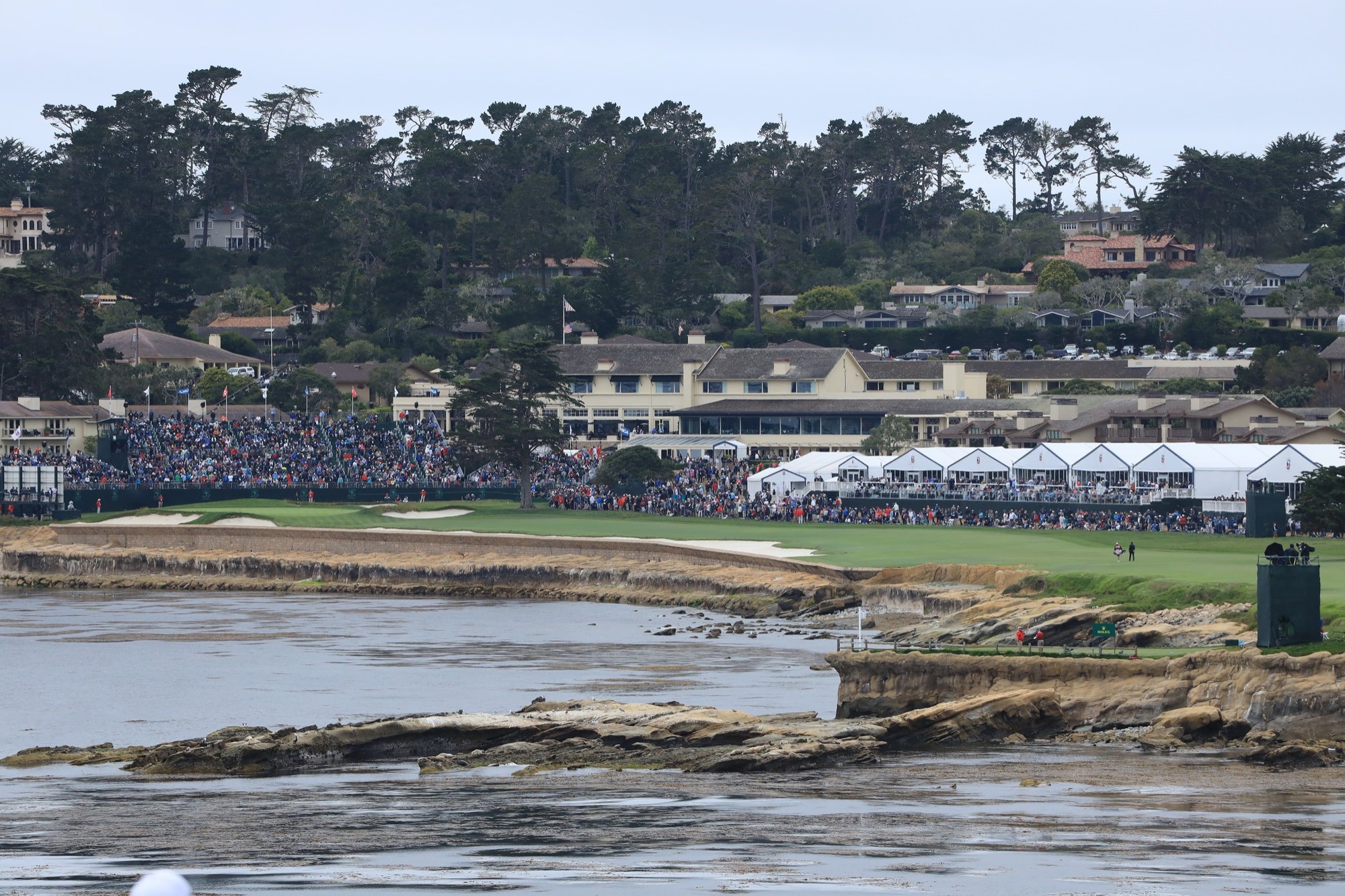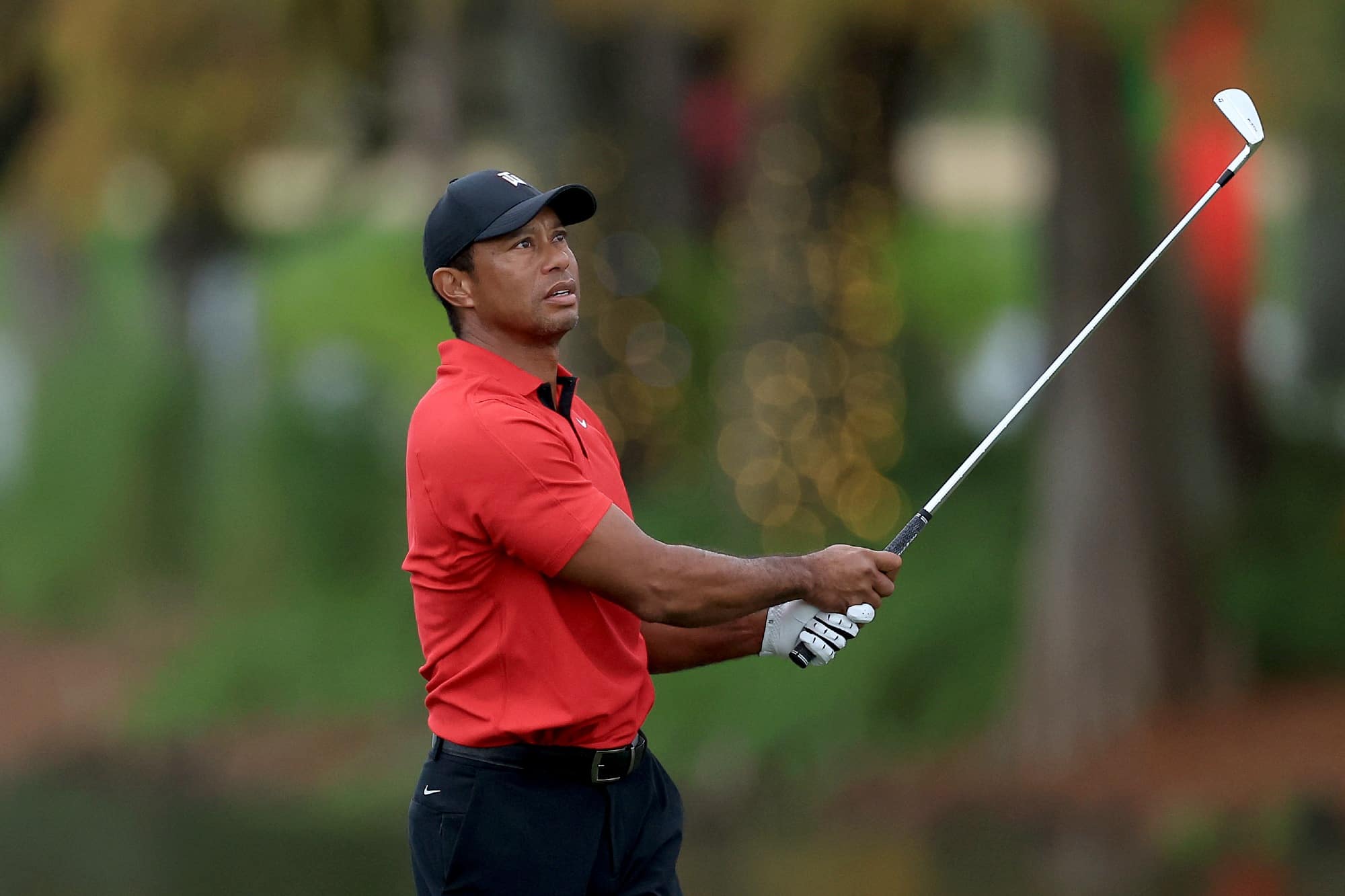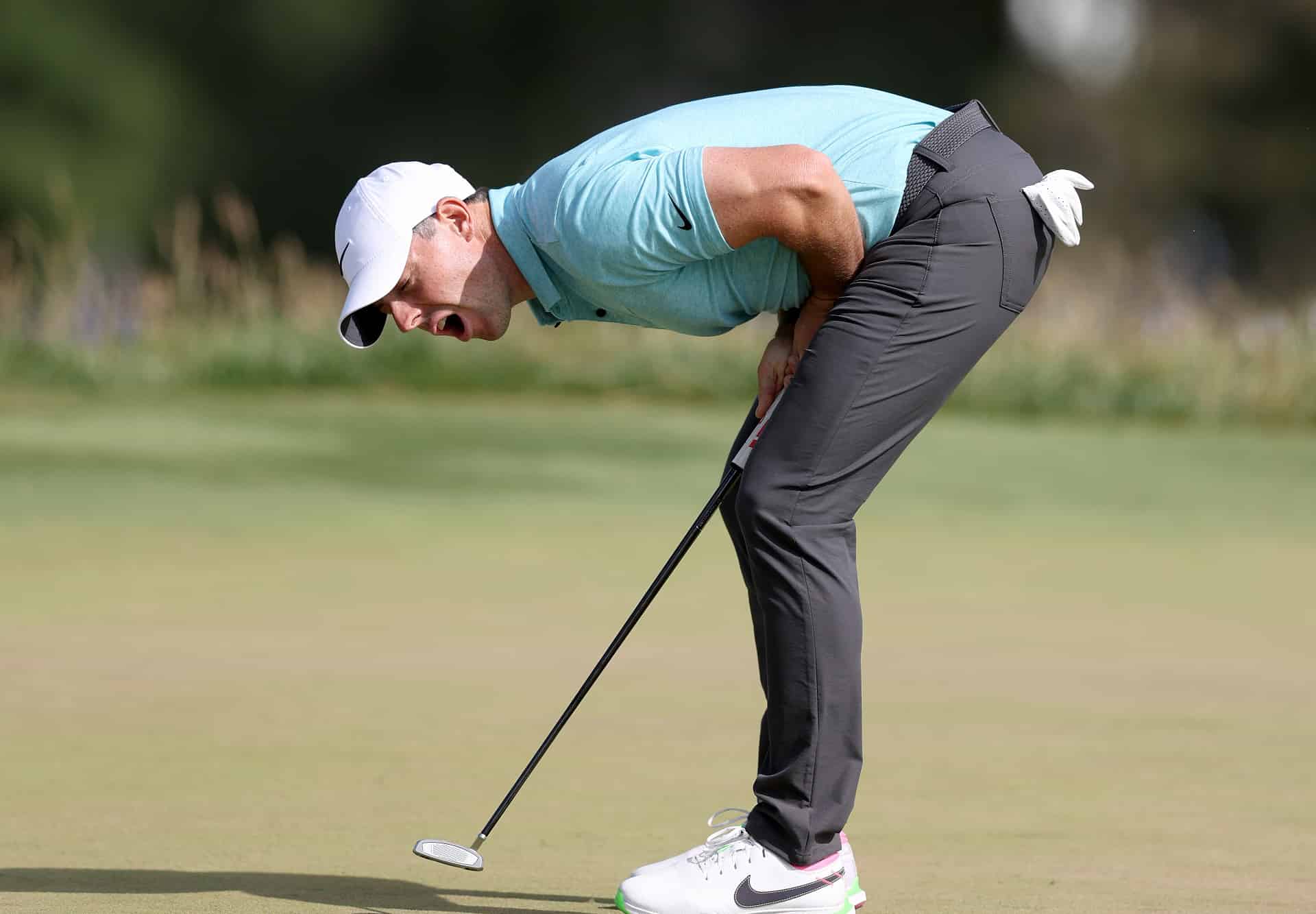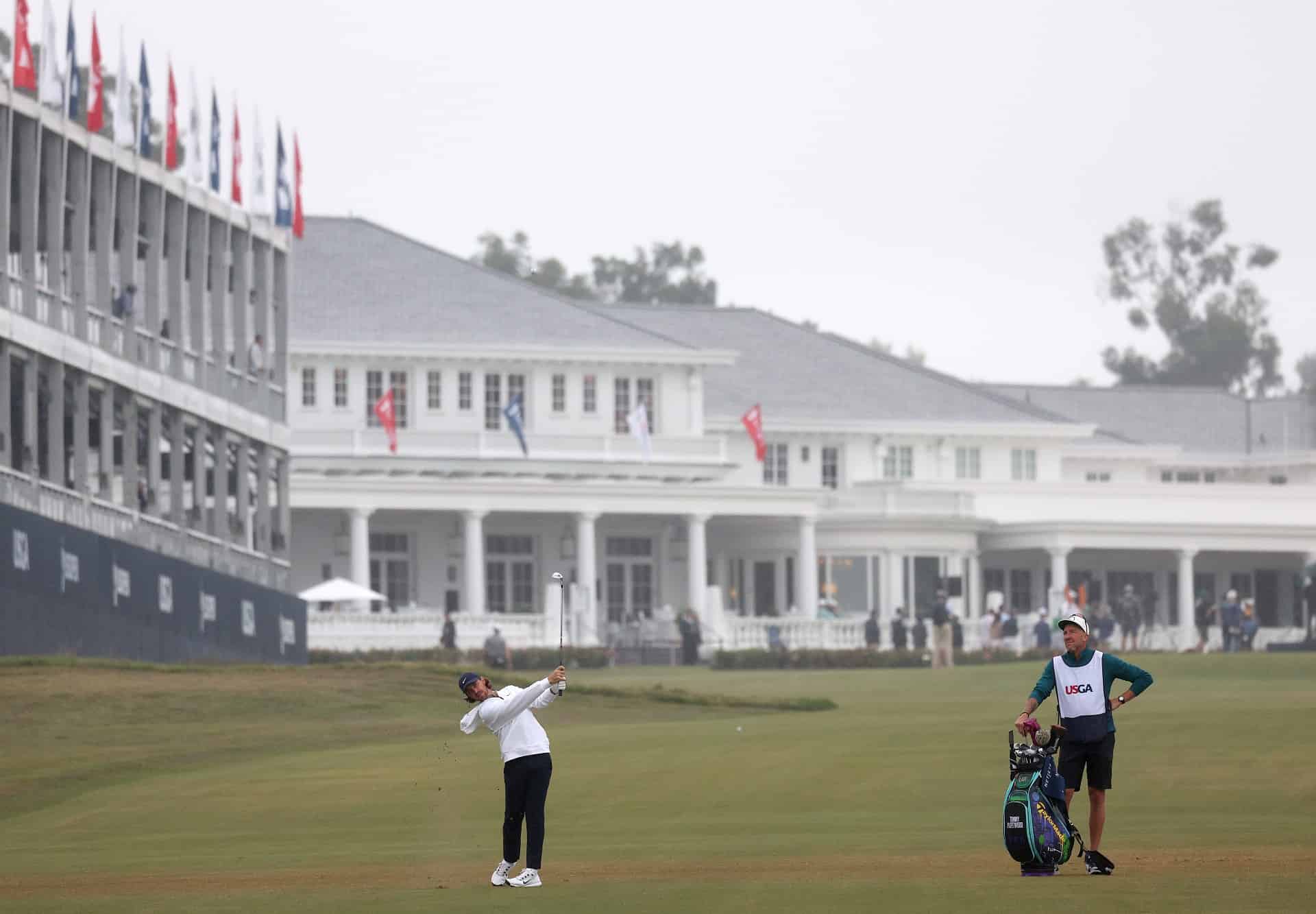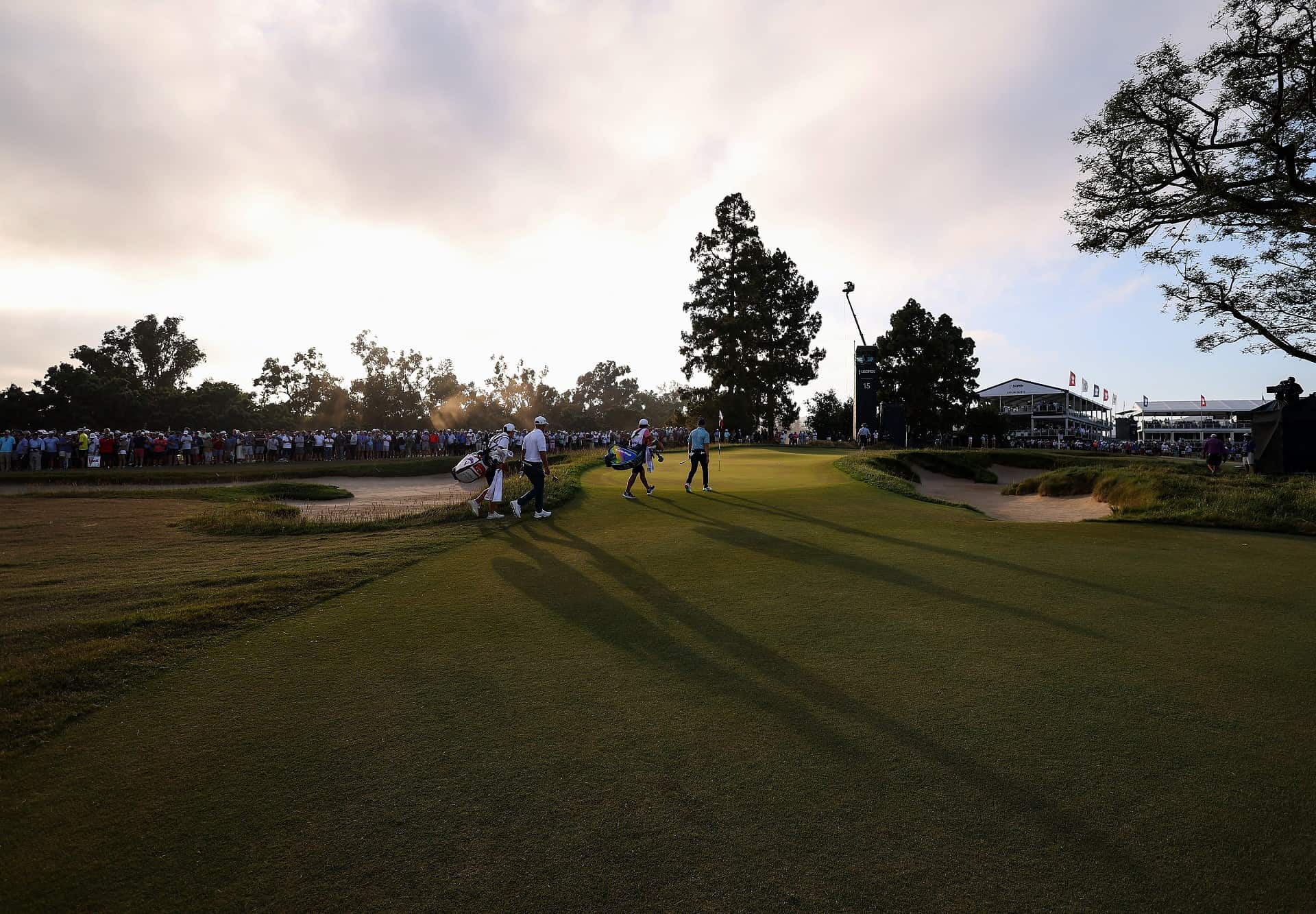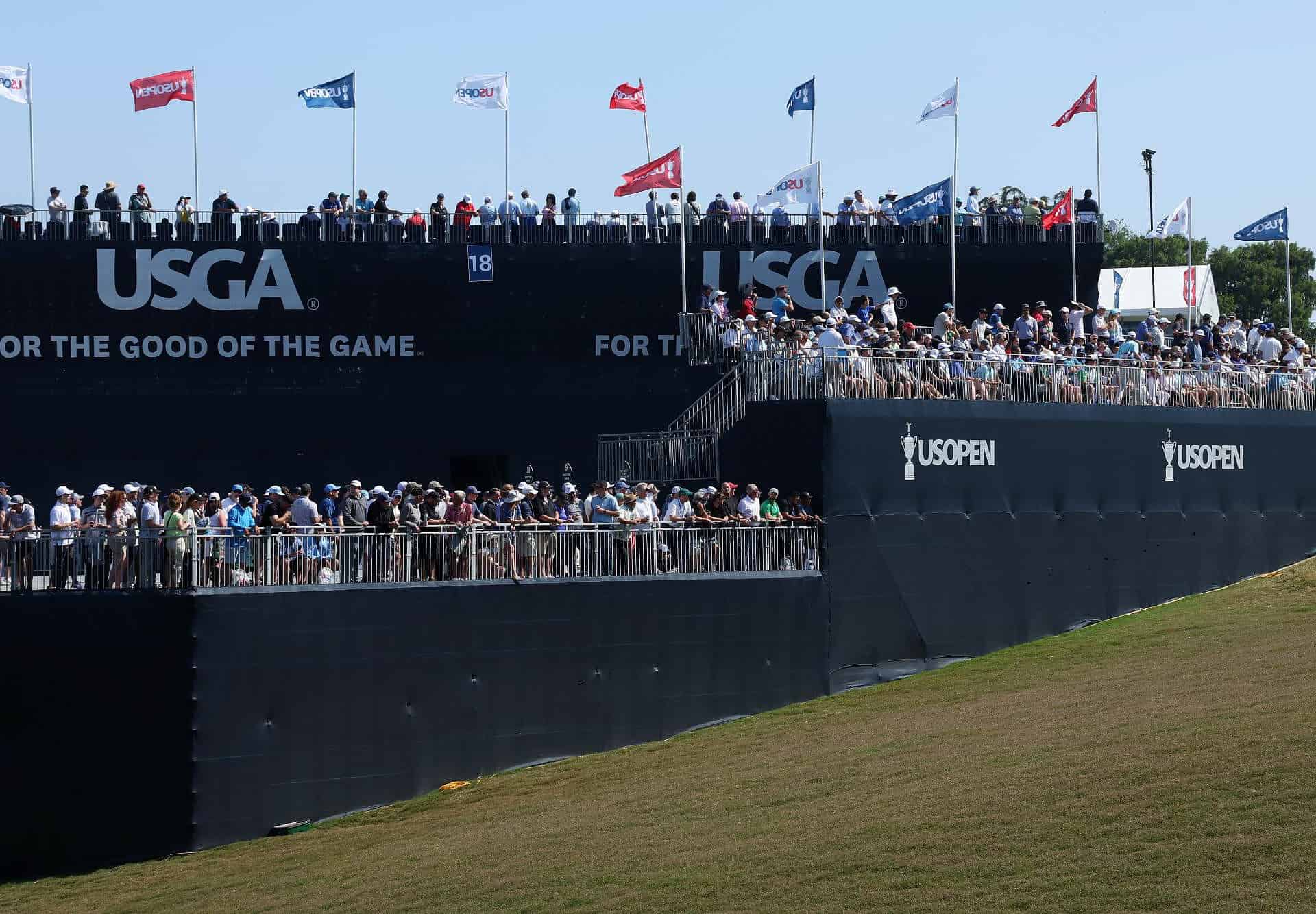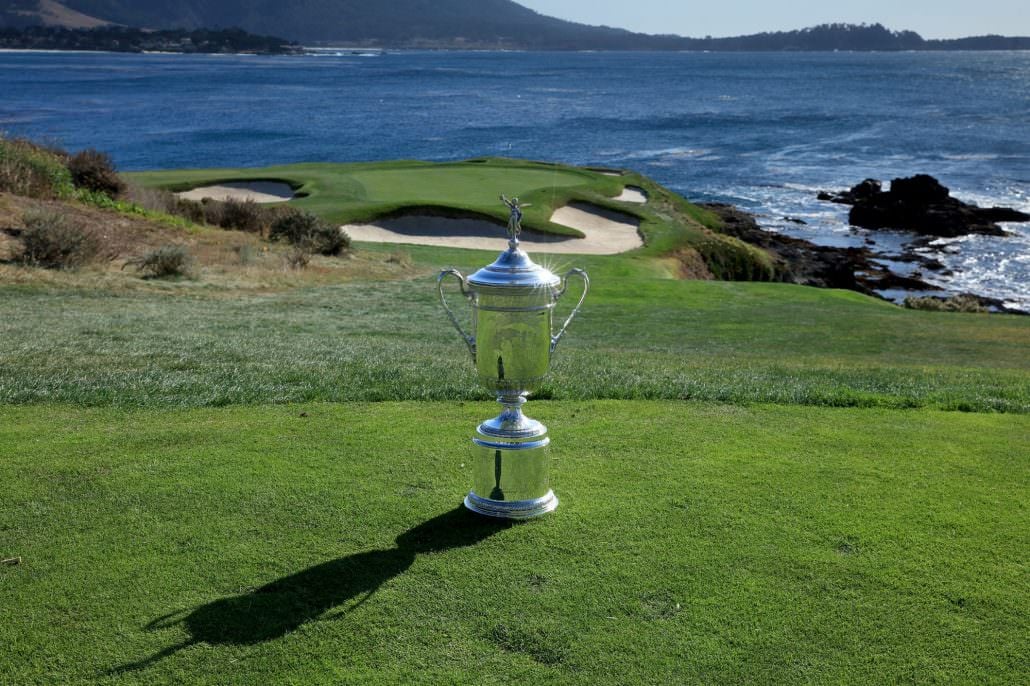
Why is the US Open golf’s toughest major?
Notoriously dubbed ‘golf’s toughest test’, the US Open is widely regarded as the most difficult of all four major championships.
Known for its brutal course setups, the USGA consistently sets its host venue up to be a rigorous challenge, aiming to test each golfer’s shot-making ability, course management, and composure under pressure.
“When we look at potential venues, we’ve got to know in our minds are the players going to be tested in all aspects? We are truly fixated on getting the most out of each golf hole to really challenge the players in every facet of the game.”
Mike David, Senior Director of Rules & Competitions, USGA
On top of playing the US Open at some of the toughest golf courses America has to offer – Pebble Beach, Torrey Pines, Winged Foot and Bethpage Black to name a few – the USGA intensifies their challenge by tightening the fairways, savagely growing out the rough, and producing devilish pin positions throughout the week.
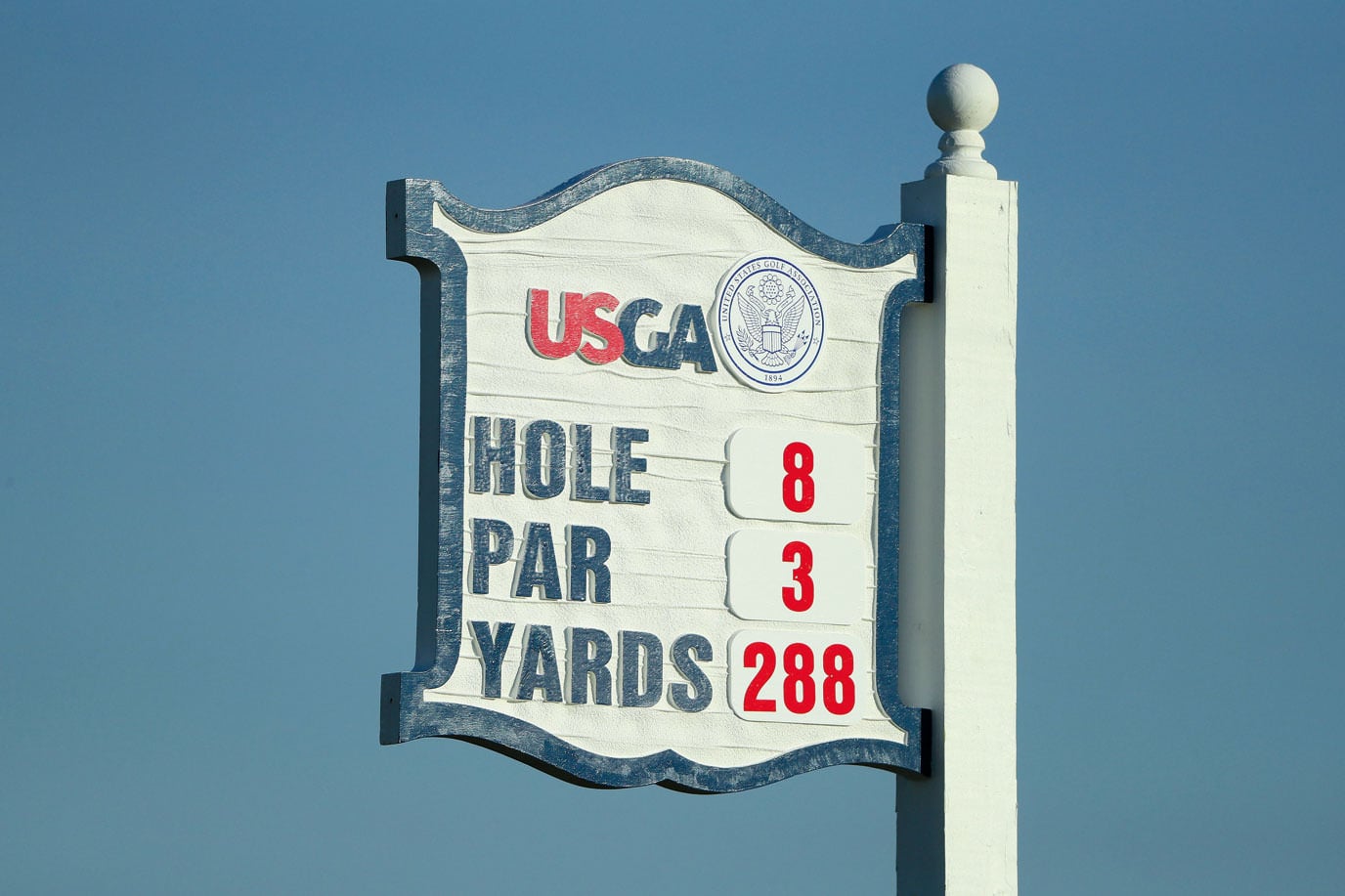
On top of that, the US Open has become synonymous with lightning fast, super-slick greens which have caused havoc down the years.
The greens were so difficult in 1974 that the tournament earned its own nickname, ‘The Massacre at Winged Foot’, as not a single player broke par on the opening round.
30 years later at Shinnecock Hills, the USGA ordered the greens to stop being watered in their quest to produce ‘the toughest test in golf’, causing them to become so fast they were practically unplayable to putt on.
“A difficult golf course eliminates a lot of players. The US Open flag eliminates a lot of players. Some players just aren’t meant to win the US Open. Quite often, a lot of them know it.”
Jack Nicklaus
With such brutal, gritty and often controversial conditions coming into play, the US Open typically yields a high scoring average every year. Since 2012, the average cut line at the US Open has been +6, and the old mantra remains that the winning score is usually around level par, with the USGA persisting in their efforts to reduce low scoring at all costs.
Often this has resulted in scoring getting out of hand at the US Open. In both 2006 and 2007, the winning score was +5, with conditions so penal in the latter at Oakmont that Tiger Woods was quoted saying a 10 handicapper wouldn’t break 100. Yikes.
“It takes courage to win the US Open, more courage than it takes for any other tournament.”
Tom Watson
Of course, the USGA doesn’t always get their wish, especially when rain comes along to help soften up the otherwise rock hard setup. In 2011, 20 players were able to better par as showers befell on Congressional, leading Rory McIlroy to win his first major with a record score of 16-under par.
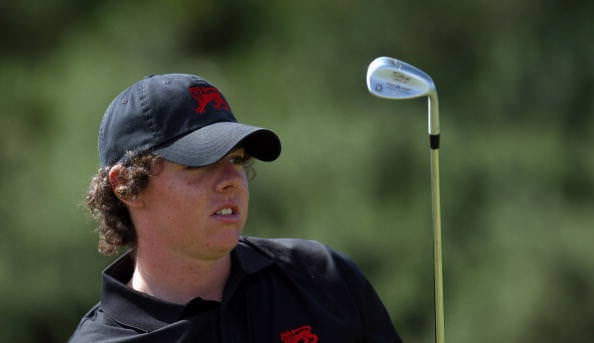
Subscribe to NCG
George Cooper

A golf fanatic his entire life, George Cooper is NCG's man for all goings-on at the top level of the game, whether it's the PGA Tour, DP World Tour, LPGA or LIV Golf. He also looks after NCG's Twitter and Facebook accounts. George is a member of Woburn, but is not friends with Ian Poulter.


